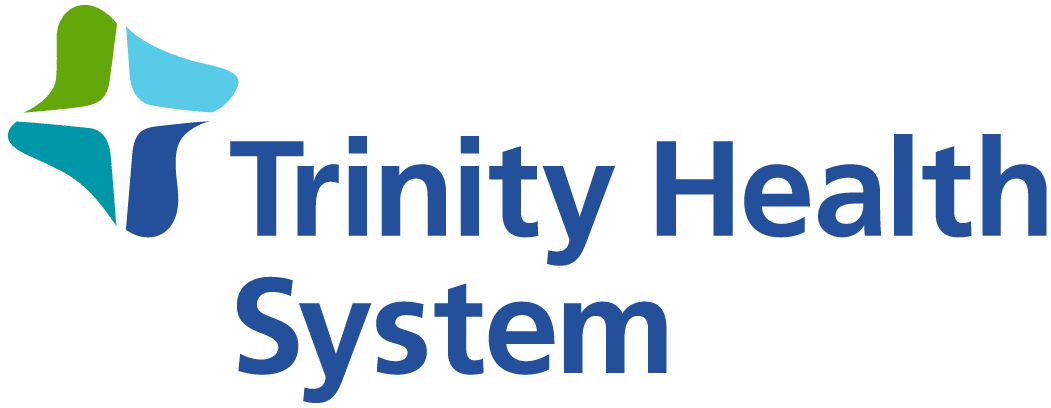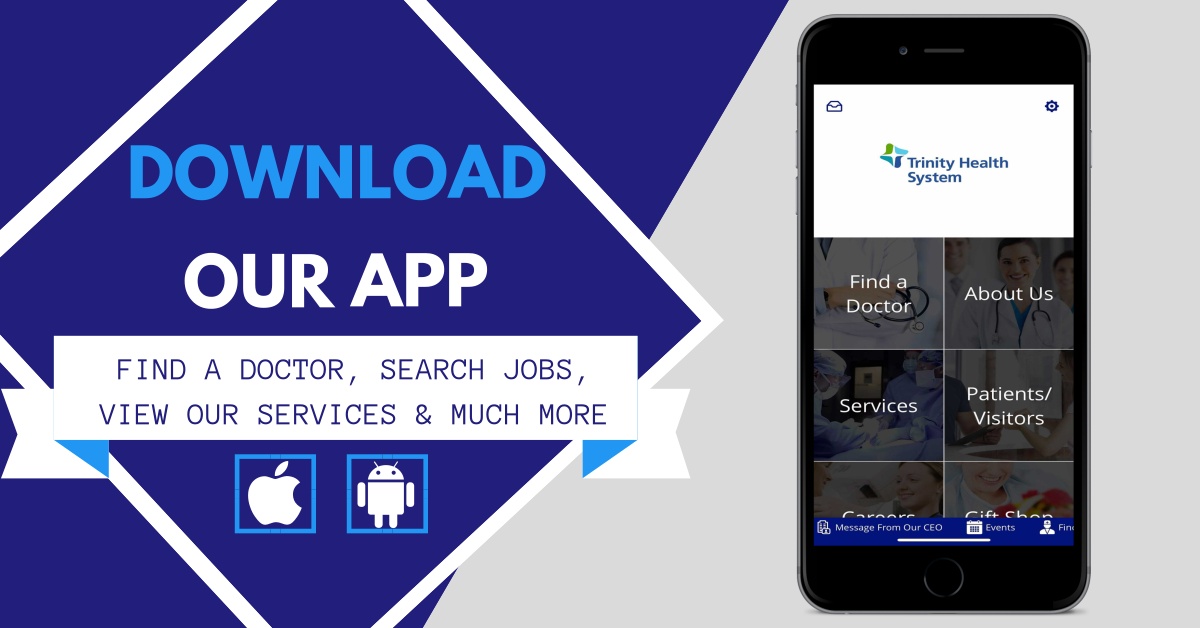Abdominal pain can indicate a wide variety of digestive issues, ranging from normal indigestion caused by eating a spicy meal to more serious health problems like cancer. When dealing with abdominal pain, it’s important not to jump to our own conclusions and instead to visit a doctor to help determine what the pain is being caused by.
Three important characteristics of abdominal pain can help doctors locate the source of the abdominal pain:
- the placement of the pain
- the type of pain
- the intensity of the pain
Making note of these three characteristics of your abdominal pain can help your doctor greatly. Be as specific as possible when describing your pain to your doctor.
Not every stomach ache needs medical attention, but if your pain is intolerable or has not gone away for an extended period of time, you should see a physician for an exam.
Download our free guide to determining whether your abdominal pain needs attention.
8 steps to prevent heart disease download the FREE guide now!
Many deaths can be prevented because coronary heart disease is related to certain lifestyle aspects, according to the American Heart Association. However, certain factors beyond our control, like family history and age, increase our risk for heart disease. Some controllable risk facts are:
Smoking:
The American Medical Association says smoking is responsible for one in four cases of cardiovascular disease. Quitting smoking can be the most important thing you do for your heart and blood vessels. There are smoking cessation classes available through Trinity Health System.
Obesity:
The American Heart Association says obesity increases your risk of heart disease, even if you have no other risk factors. Maintaining a healthy weight through a low-fat and low-cholesterol diet can reduce your risk of heart disease. Be aware of the amount of fat and saturated fat in foods, especially processed foods. Learn to read food labels and ask your doctor or registered dietitian how to limit the total amount of fat in your diet to no more than 30 percent of your total calories.
Physical inactivity:
Regular aerobic activity plays a significant role in preventing heart and blood vessel disease. You don’t have to spend hours every day at the gym either. Even a 30-minute walk, three or four times a week, can be beneficial.
High blood pressure:
Sometimes, high blood pressure can be controlled through lifestyle changes like having a healthy weight, increasing physical activity, reducing sodium intake, avoiding smoking and drinking alcohol only in moderation. Your doctor may decide, however, that — along with diet and lifestyle changes — medication is needed as well.
High cholesterol:
According to the American Dietetic Association, cholesterol is not generally found in plant foods. Vegetables, fruits, grains and cereals are usually healthy choices – provided you don’t load them up with high-fat sauces and dressings. When choosing animal protein foods, look for ones that are low in saturated fat and cholesterol, like the leanest cuts of meat, poultry without the skin, most fish, skim milk, and low- and non-fat dairy products. If you have a high level of cholesterol that can’t be brought down by diet or exercise. your doctor might prescribe medication.



